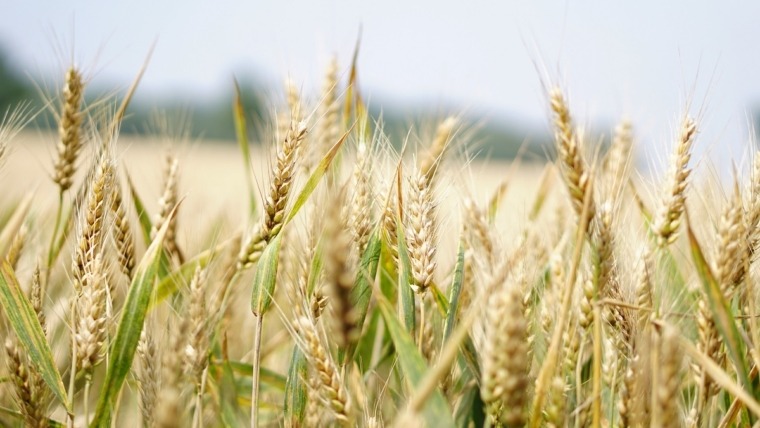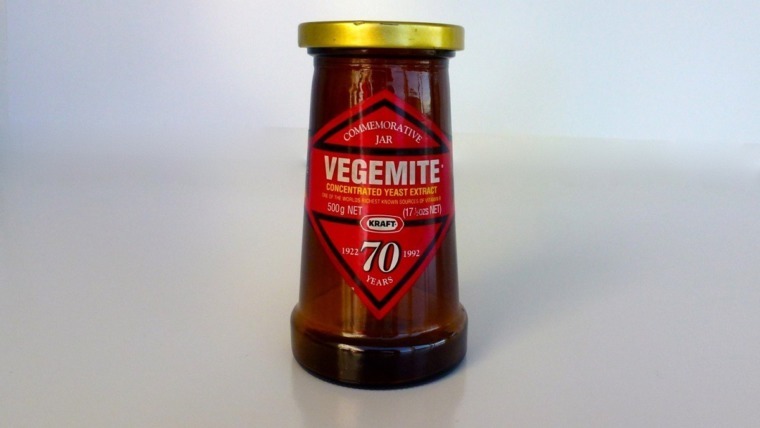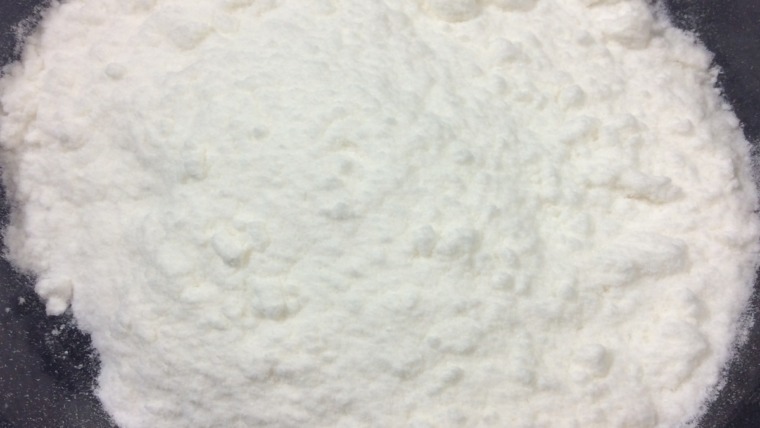
Written by Kevin Kapusi Starow
As a child I always had a love hate relationship with the walnut, as it was sort of like a test of manhood (boyhood) to see who could crack the nut between their palms. Of course, when I was finally able to accomplish this dad made me eat them, which actually I did not like the taste of, at the time. It was only years later I learned how to effortlessly, or correctly open the shell of the walnut, if I had only known back then. They were especially prevalent in our home during the festive, Christmas season, and around Easter, as they were an ingredient in a popular eastern European dish which was ever present in our home.
There are two major varieties of this nut, which is in fact, they tell me not a true nut, botanically speaking. Rather it is what is called a Drupe, or the edible seed of a fruit! The varieties are the Persian, or English Walnut and the Black Walnut.
History
The former originated in the present-day Iran, then known as Persia, and is cultivated throughout the world, it is the variety you mostly find in the shops due to the ease of cultivation and use. On the other hand, the Black Walnut, originating from the eastern side of North America, has reportedly much more flavour, though due to the hardness of its shell and its poor hulling characteristics, it is cultivated on a much smaller scale. Though there are numerous varieties which have been cultivated stemming from, predominantly the Persian walnut, which are commercially available.
A few years back I was at a regional agricultural show, which happened to be a walnut growing area, and hence there was a promotion / display devoted to walnuts. One variety they had, once you opened the shell wall purple in colour on the inside of the shell, it was amazing. As I had only ever considered there to be just the singular bog standard variety, how wrong was I, it certainly opened my eyes.
My dislike for the walnut as a child also stemmed from the fact that they were always in the house. There was a basket with a screw type nutcracker attached that always had nuts in it, they seemed to remain there forever. That is mainly because Dad every Friday went to the market and bought up on nuts. Though it is also because walnuts with their high levels of antioxidants preserve the oil rich kernel from rancidity, hence they last longer.
Walnut Cooking
Walnuts are available commercially as a whole nut, or shelled, as well as pickled or preserved. The nut meat is available in a variety of options, whole, halved, quartered, crushed and powdered, as in a flour or meal format.
From there the culinary uses are endless from savory to sweet, they are used in cakes, and pastries. Walnut cakes are popular throughout Germany, as well as in Calabria Italy where they make a cake called Torta di Noci, made predominantly from eggs, sugar and walnuts. The Hungarians use walnuts in a popular roulade Dios Beigli, or as a Dios Kipfli something resembling the shape of a croissant.
The dish I was talking about, that we always had in the house at Easter is a wheat, honey and poppy seed pudding, with of course walnuts. I don’t actually remember the name of it, though I still do remember how to make it.
Then there are thousands of ways to spice up, pardon the pun there, the humble walnut. Paprika and lime, chili and maple syrup, parmesan, or a variety of Moroccan inspired spices are always a favourite. Which then can be eaten as they are with drinks, or mixed through a salad, or as an accompaniment to an entrée. Then of course there is the pickled walnuts, which I mentioned earlier, which make an amazing garnish for cheese platters. If you have the inclination, time and access to the produce there are plenty of tutorials available on the net to assist you.
The husk of the walnut has been made into inks and dyes for writing and drawing. It has also been used to dye cloths, and from the time of the Roman empire it has been used in the dying of hair.
Walnut Health Benefits
As mentioned earlier the nut is high in antioxidants, which help it to preserve the kernel, though these antioxidants are also extremely beneficial to us, helping to fight the oxidative damage from things such as cholesterol.
Then to help reduce the risk of heart disease, this little miracle nut is packed full of plant-based omega 3. With as little as one daily serving helping to boost your immunity. The walnut has also been used to treat inflammation within the body for centuries, due to the compounds and nutrients stored within it.
Not only are the walnuts a nourishing treat they also aid in the promotion of a healthy gut, because of the antioxidants as well as the fibre contained within. There are many claims that walnuts help to fight several forms of cancer, obesity, and overweight issues, as well as several other chronic diseases, unfortunately there is no scientific evidence supporting these claims. Though one thing I am sure of is that the fresher, less processed the ingredient the more beneficial it will be to our bodies.
There is nothing that beats cracking into a fresh walnut, how Moorish are they, why not give them a go today. Perhaps try out one of the recipe suggestions, you will need to google them, from the cakes to pickling them. Oh and if anyone knows the name of the wheat pudding I referred to, please drop me a line and let us all know.



